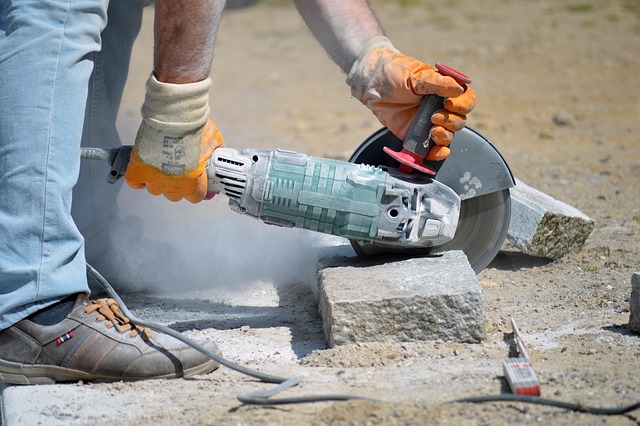Discover the World of Robotics through DIY Projects
Robotics is not just a field reserved for scientists and engineers; it’s a thrilling journey that anyone can embark upon. DIY robotics empowers you to merge creativity with technology, allowing you to build your own robots from the ground up. This fulfilling process provides not just a sense of accomplishment, but also an opportunity to learn and innovate.
Getting Started with Your DIY Robotics Project
Before diving into building your robot, it’s essential to understand the basics of robotics. Familiarize yourself with components such as microcontrollers, sensors, motors, and power supplies. Popular platforms like Arduino and Raspberry Pi come equipped with extensive communities and resources, making them excellent choices for beginners.
Gathering Your Materials
Your first step is to gather all necessary materials. Consider starting with:
- Microcontroller: Arduino boards are a great choice for beginners.
- Motors: Servo or DC motors will allow your robot to move.
- Sensors: Ultrasonic sensors help with obstacle detection.
- Chassis: You can buy one or create your own from household materials.
- Wires and Breadboard: Essential for connecting components.
Choosing a Project
Decide what type of robot you want to create. Whether it’s a simple line-following robot, a remote-controlled car, or an autonomous drone, each project presents its own challenges and rewards. Start with something manageable to build your confidence and skills before moving on to more complex tasks.
Basic Building Steps
- Design Your Robot: Sketch your robot’s design, keeping in mind the placement of components.
- Assemble the Chassis: Construct a sturdy base for your robot using your chosen materials.
- Install Motors and Wheels: Attach motors and wheels to the chassis to allow movement.
- Integrate Sensors: Position sensors where they can effectively detect obstacles and relay information.
- Connect Components: Use a breadboard and wires to connect your microcontroller, motors, and sensors.
- Programming: Write code to define how your robot will behave. Utilize online tutorials and sample codes to guide you.
Testing and Troubleshooting
Once your robot is assembled and programmed, it’s time to test it out! Observe how it performs and be ready to troubleshoot any issues. This is a crucial step in the learning process, as figuring out solutions can enhance your understanding of robotics.
Join the Robotics Community
The world of DIY robotics is vast and constantly evolving. Don’t hesitate to reach out to fellow hobbyists via forums, social media groups, or local meetups. Sharing your experiences and learning from others can be incredibly motivating and enlightening.
Embrace the Journey
Building your own robot is more than just a project; it’s a form of self-expression and problem-solving. Each step you take brings you closer to mastering the art of robotics. Embrace the challenges and celebrate your successes—after all, every great inventor started somewhere!
